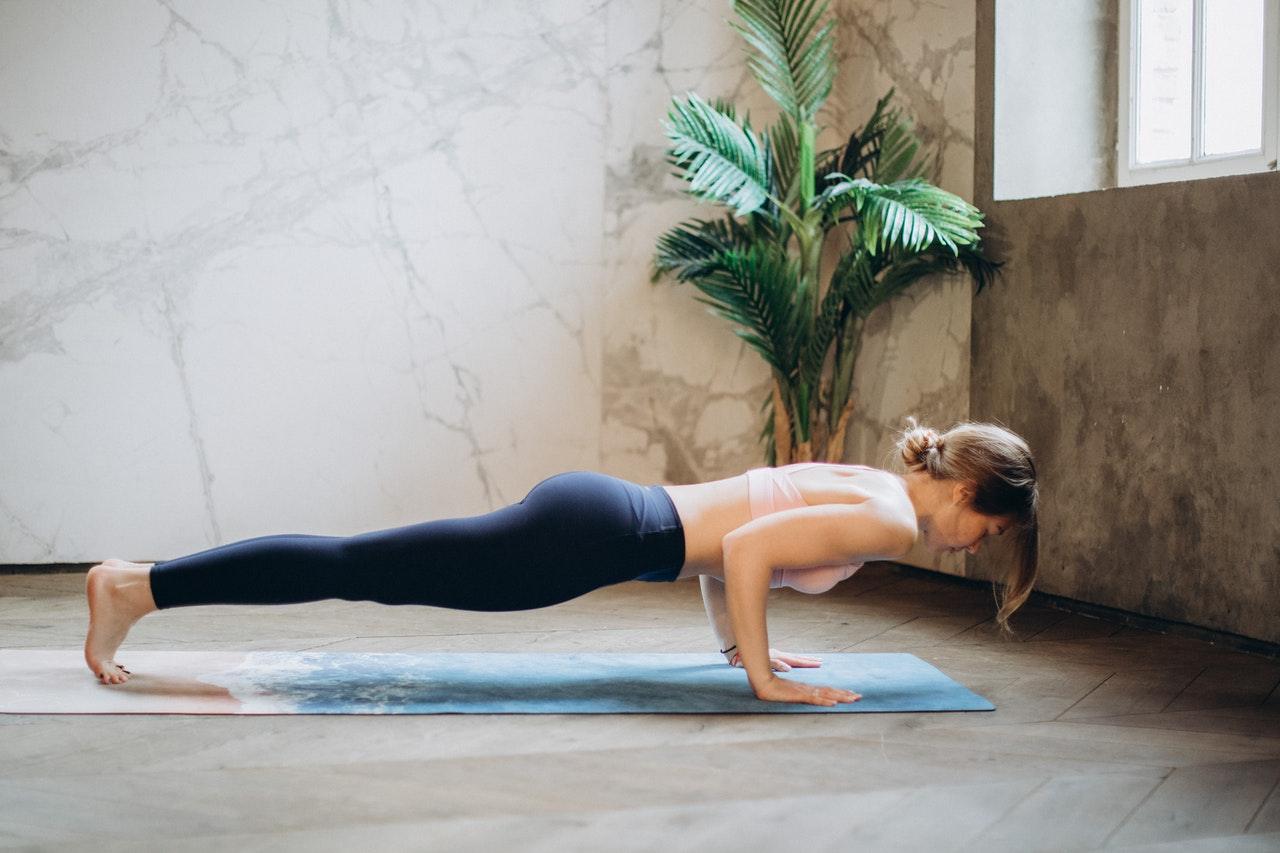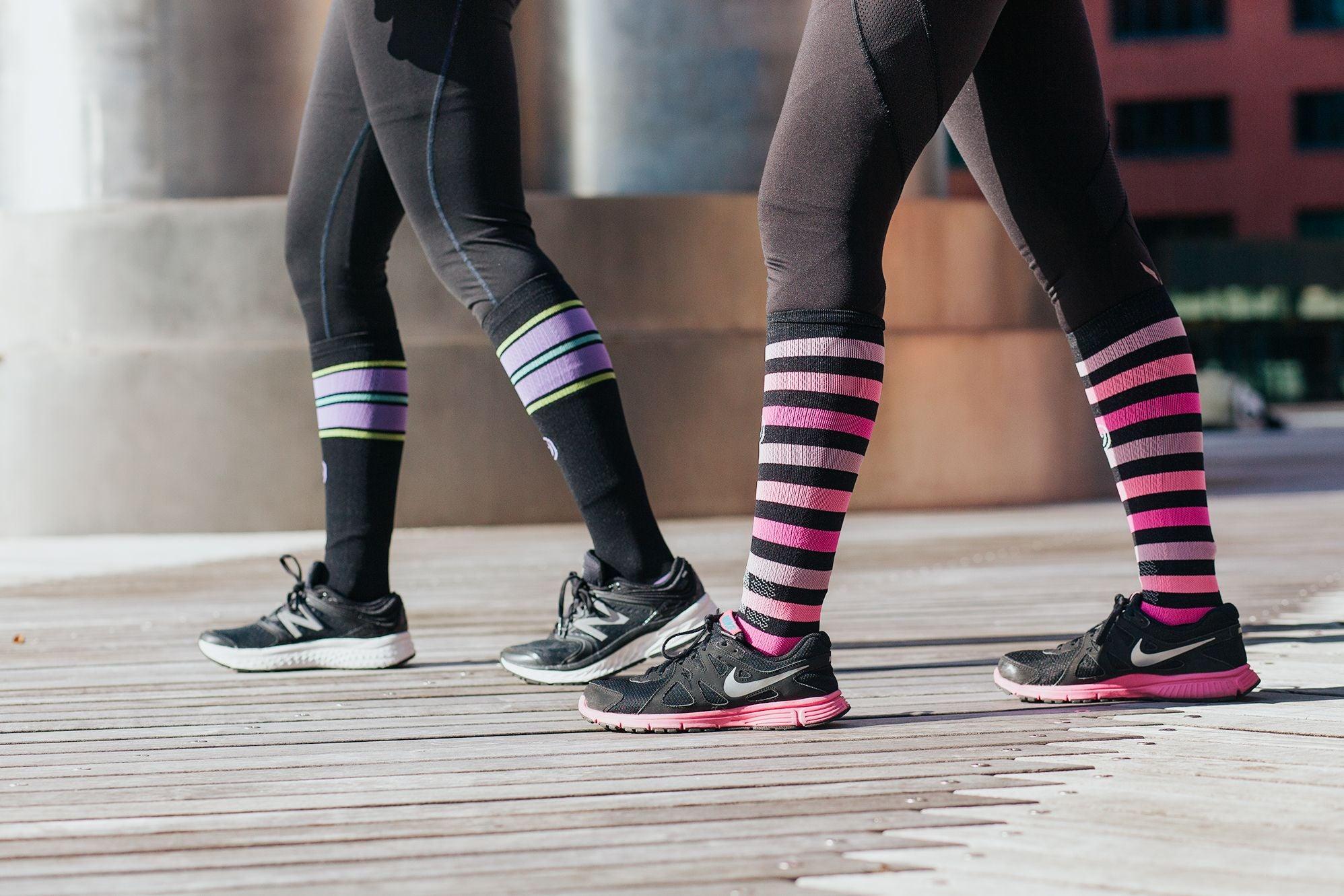As the weather gets colder and the daylight hours get shorter, it can be hard to get outside for a daily run. And this winter, with fewer people going to gyms and fitness classes, it’s going to be even more challenging to keep up with weekly fitness goals.
The good news, though, is that there are lots of workouts that you can do at home, even if you don’t have any equipment or much extra workout space. Being strategic about at-home workouts can help you maintain your fitness level and meet your weekly goals. Here are some at-home workout tips to keep you healthy, active, and fit in the coming months.
Have a Designated Workout Space
While most people don’t have a home gym, it’s still helpful to create a mini-gym or a designated workout space. This area doesn’t have to be large - just enough room for a yoga mat and for you to stretch your body and arms out without bumping into anything.
Keep your yoga mat or workout pad in this area, as well as any other things you’ll need, like headphones, weights, or a towel. Having all of these things in one space will make it easier for you to get right to work.
Also, you’ll start to associate this area with working out. It won’t be quite the same level of focus that you get when walking into a gym, but it will still serve as a signal that you’re stepping away from the stressors of the day and getting into the workout zone.
Don’t Worry about Equipment
When thinking about working out at home, many people think that they need to purchase a lot of equipment and that they can’t start working out until they have it. Avoid this coming pitfall and start working out at home without any equipment.
After you’ve gotten into the habit, you might find that there are a few things you want to add-- maybe some light weights, a heavy weight, or resistance bands. You can add these as needed, but don’t worry about them from the start. Just get going with an at-home workout routine and you can add necessary equipment from there.
Minimize Distractions
One of the nice things about going out for a run or heading to the gym is that you can get away from distractions. When you’re out of the house, you don’t have to worry about family members needing something, being tempted to multi-task, or having a pet interfering with exercises.
While you can’t eliminate all distractions, you can work to minimize them. If possible, have your workout space be in a place where you can close the door and separate yourself from family and pets. Additionally, let family members or roommates know when you’re working out and ask them to avoid disrupting you during this time. It’s also a good idea to turn off notifications on your phone and to discipline yourself to let go of anything else (whether laundry, dinner, or a work issue) that could distract you from completing a workout.
Include a Warmup and Cool-down
When you run outside or go to the gym, you probably are in the habit of including a warmup and cool-down. But, these often get cut out of at-home workouts. Avoid that mistake by always ensuring that you include a warmup and cool-down. The warmup is essential for preparing your body for a good workout and the cool-down is important for recovery. Both help to avoid injury and improve the quality of your workout.
Plan Workouts Ahead of Time
The good news is that these days there are seemingly endless amounts of at-home workouts available. Whether you prefer to stream a workout from YouTube, join an online class, work with a virtual trainer, or use a printable workout, there are plenty of resources available.
While this is a good thing, it can also be overwhelming and distracting. Avoid getting bogged down with choices by planning your workouts in advance. For example, consider sitting down every Sunday afternoon to plan your weekly workouts. You can look at the weather for the week and determine what days you will need to work out at home. From there, decide what workouts you’ll do. This will help you stay focused and will ensure plenty of variety in your routine.
Find a Workout Partner
You might be used to meeting a friend at the gym or joining a group for evening runs. While that might not be possible this winter, you can still have a workout partner. This is someone that you can plan workouts with, check in with after a workout, and use to hold yourself (and them) accountable. Having a workout buddy, even a remote one, will make it more likely that you’ll complete workouts, making exercising at home feel less isolating.
Set Goals
You’re probably also used to having regular goals--maybe setting a 5K PR or completing a half-marathon. If you’re moving your fitness routine indoors this winter, the goals might look different, but you should still set some. Having goals will help you to stay focused and motivated.
Get creative and find a goal that works for you, whether it’s simply completing three at-home workouts a week or mastering a particularly daunting HIIT workout. It doesn’t matter too much what the goals are, but it will help define clear objectives for you to work towards.
Even if you find yourself working out at home this winter, there are plenty of ways that you can ensure you maintain your fitness level and meet your workout goals. And, you can add a little extra energy to your routine with a pair of Crazy Compression socks, which will provide support, improve circulation, and aid with recovery. Plus, they’re a bright and fun addition to your at-home workout space.

































Leave a comment
This site is protected by hCaptcha and the hCaptcha Privacy Policy and Terms of Service apply.